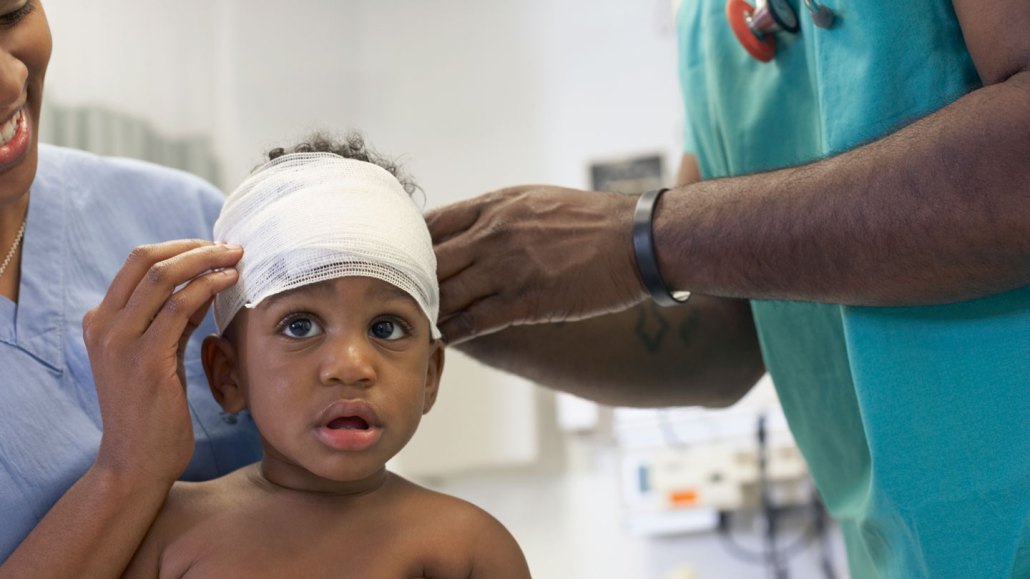Questions for ‘This electronic bandage sterilizes wounds with flashes of light’

A doctor bandages the head of a little boy at a hospital. New electronic bandages could soon provide antibiotic-free options to keep wounds germ-free as they heal.
ER Productions Ltd./DigitalVision/Getty Images Plus